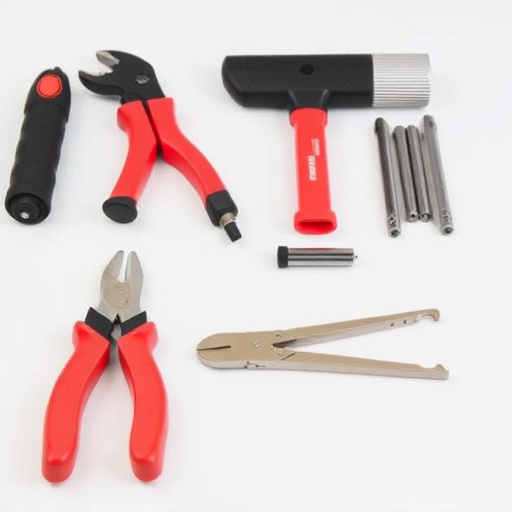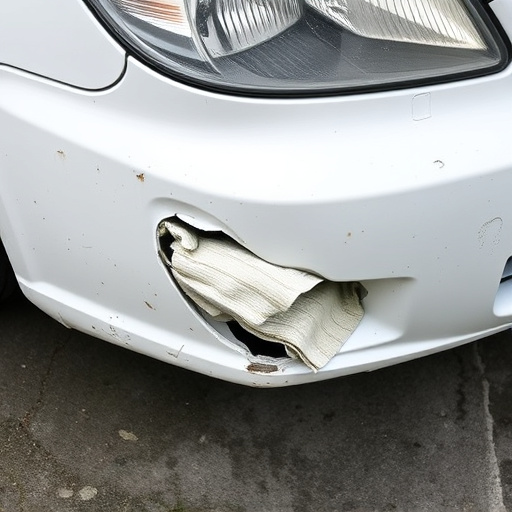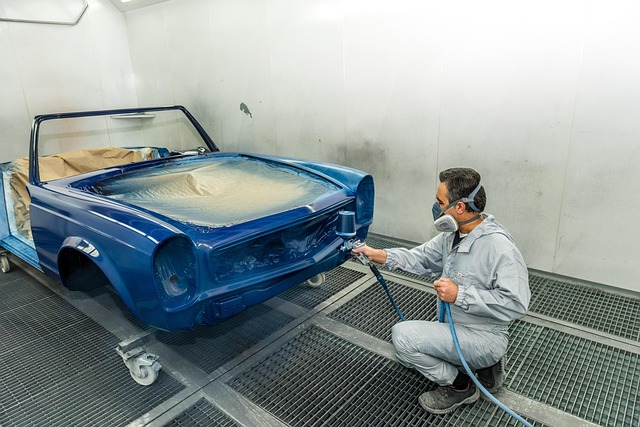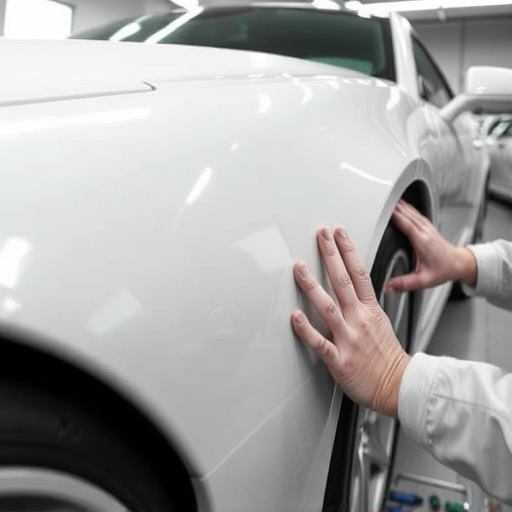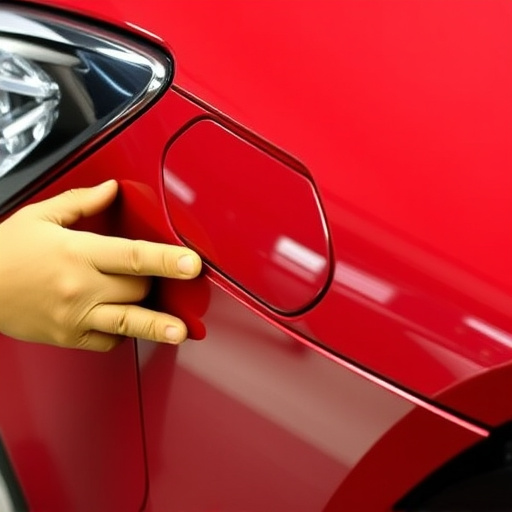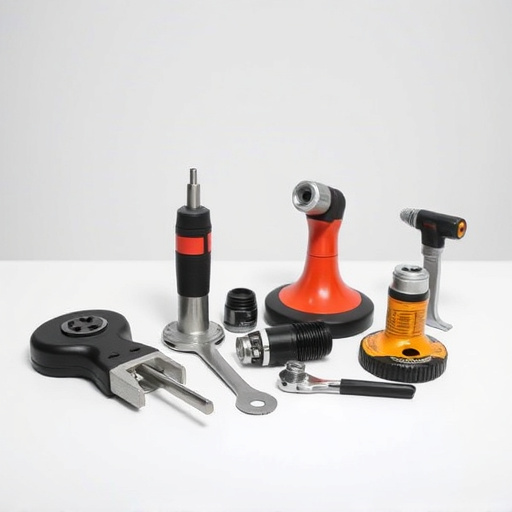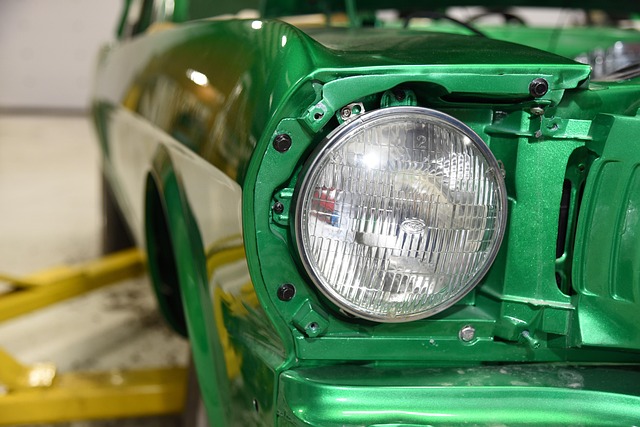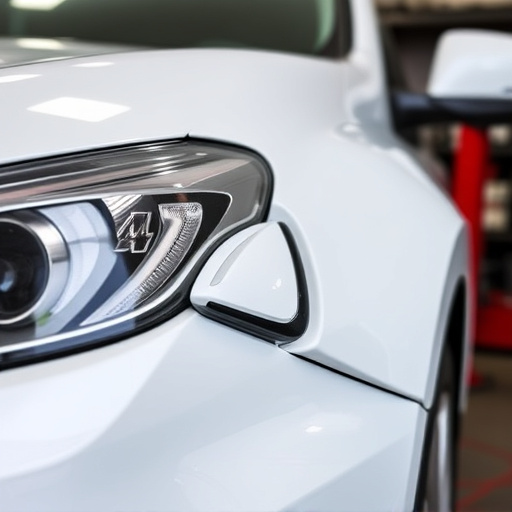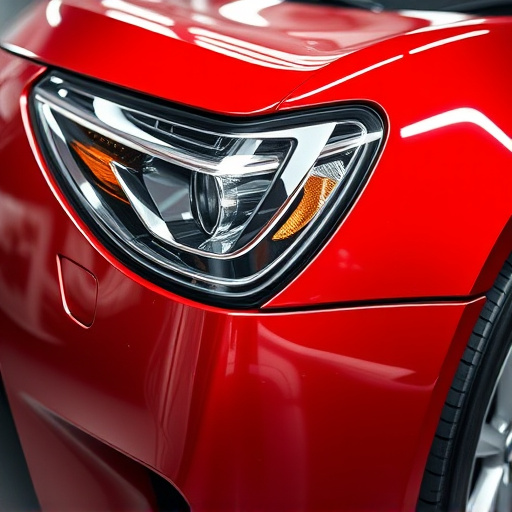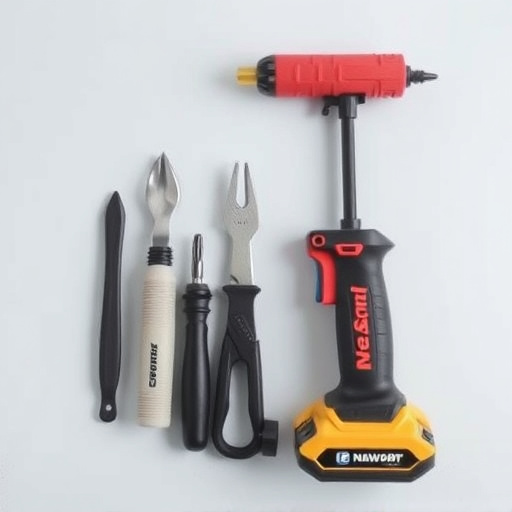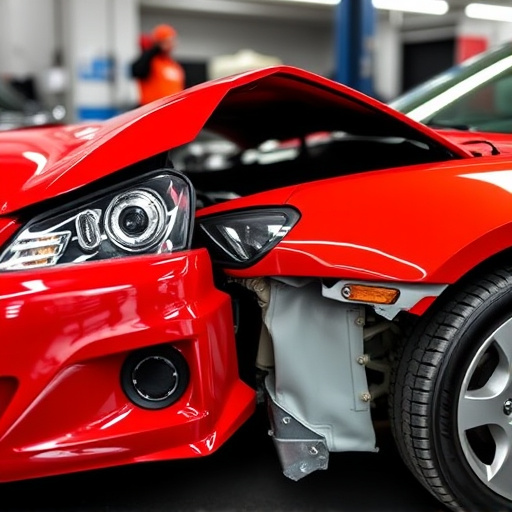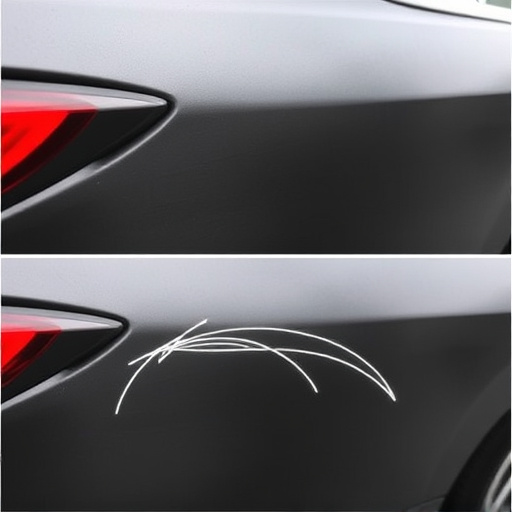Using non-OEM (Original Equipment Manufacturer) parts for collision repair can result in visible imperfections, misaligned panels, and inconsistent paint jobs compared to genuine OEM parts. A thorough visual inspection is crucial to identify these issues. Consumers should demand transparency from mechanics and inquire about part authenticity to ensure the use of high-quality OEM collision parts, which are vital for safety and resale value. Reputable body shops specializing in collision repair should maintain rigorous standards for paint work and provide clear information on installed components.
Are you concerned about receiving non-OEM collision parts after your car accident repair? It’s crucial to be vigilant. This article guides you through identifying signs that substandard, non-original equipment manufacturer (OEM) parts have been used in your collision repair. We’ll explore visual clues, the importance of thorough inquiry and documentation, and common performance red flags to ensure you receive the quality of replacement parts you deserve.
- Identifying Substandard Quality: Visual Clues
- – Looking for differences in appearance compared to OEM parts
- – Examining paint jobs and finishes for inconsistencies
Identifying Substandard Quality: Visual Clues
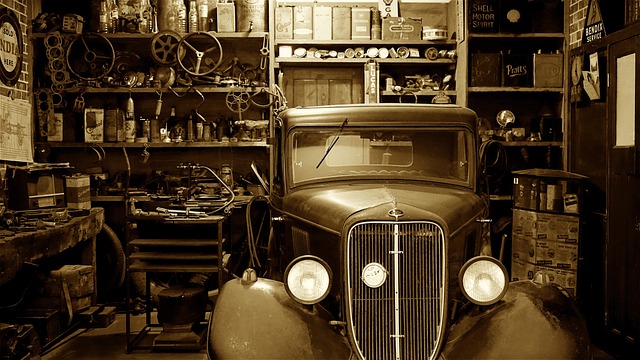
When it comes to collision repair, using non-OEM (Original Equipment Manufacturer) parts can be a red flag. While they may seem like a cost-effective solution, these parts often fall short in terms of quality and performance compared to genuine OEM collision parts. One of the primary ways to identify substandard quality is through visual inspection. Look for signs of poor craftsmanship, such as misaligned panels, uneven paint jobs, or visible gaps between components. Non-OEM parts may not fit perfectly, leading to these noticeable imperfections.
Additionally, check the overall finish and texture of the vehicle body after repair. OEM collision parts are designed to match the exact specifications of your vehicle, ensuring a seamless blend with the existing bodywork. If you notice any rough patches, inconsistent colors, or irregular surfaces, it could indicate that subpar parts were used during the collision repair process at the shop. A reputable collision repair shop should prioritize using genuine OEM parts for their high-quality finishes and long-lasting durability in vehicle body repairs.
– Looking for differences in appearance compared to OEM parts

When it comes to collision repairs, ensuring that you get genuine OEM (Original Equipment Manufacturer) parts installed is paramount for maintaining your vehicle’s safety and resale value. One of the most straightforward ways to determine if non-OEM parts are being used is by giving the parts a visual inspection. Look for any noticeable differences in appearance compared to the original equipment. For instance, while auto glass repair might be carried out with what seems like similar pieces, the fit, finish, and overall aesthetics could differ, indicating a non-OEM product.
In the world of vehicle restoration, using the correct parts is crucial. In terms of automotive repair, especially for collision damage, consumers should demand transparency from their service providers regarding the origin of the replacement parts. If you notice any discrepancies or have concerns about whether genuine OEM collision parts are being used, it’s always a good idea to ask your mechanic for clarification and request evidence of authenticity.
– Examining paint jobs and finishes for inconsistencies

When evaluating whether you’re receiving genuine OEM collision parts during your car’s repair, one crucial visual cue is examining the paint job and finishes. Inconsistent or poor-quality painting can be a red flag indicating non-OEM parts are being used. Genuine OEM parts are designed to perfectly match your vehicle’s original specifications, ensuring a seamless and uniform finish. Any visible discrepancies in color, texture, or application suggest subpar replacements that might compromise the overall quality of your car damage repair.
Body shops offering tire services and comprehensive body shop services should maintain high standards for paint work. If the repairs look haphazard or don’t align with your vehicle’s original aesthetics, it could signal a lack of attention to detail or the use of non-standard parts. Keep in mind that body shops specializing in collision repair should be able to provide transparent information about the components they install during your car’s restoration process.
If you notice visual discrepancies, such as differences in finish or paint quality, it’s a red flag that non-OEM collision parts might be used during your vehicle’s repair. While cost savings are appealing, prioritizing genuine OEM collision parts ensures the safety and longevity of your car. Remember, the visual clues discussed can help you identify substandard quality, allowing you to make informed decisions about your vehicle’s maintenance.
